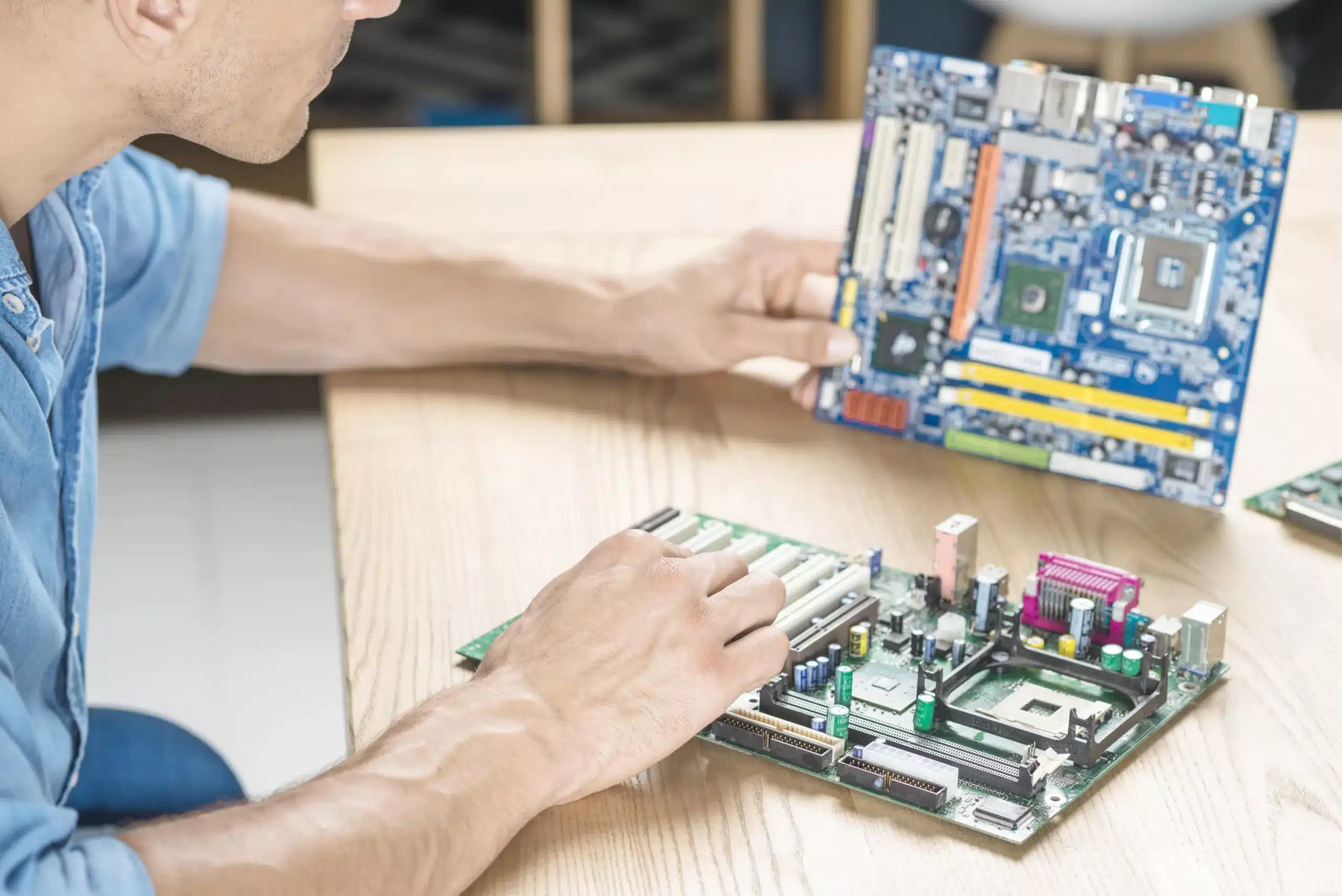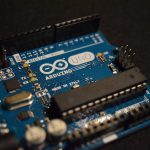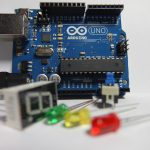
Introduction
Recently, home automation has gained significant traction–facilitating homeowners to control several aspects of their homes remotely and automatically. One of the most versatile and cost-effective tools for home automation and integrations is the Raspberry Pi–a versatile and affordable single-board computer for creating DIY home automation solutions and integrating various smart devices. This article walks you through the exciting journey of how Raspberry Pi can be used to transform your home into a smart and connected space.
Introduction to Raspberry Pi
The Raspberry Pi is a credit-card-sized, affordable, and versatile single-board computer that was initially developed for educational purposes. However, it quickly gained popularity in the maker and tech communities–thanks to its low cost and extensive capabilities. Raspberry Pi models come in different versions with varying levels of processing power and features. These tiny computers are equipped with USB, HDMI, and GPIO (General Purpose Input/Output) pins, designed to connect various sensors and devices, making them ideal for home automation projects.
Why Raspberry Pi for Home Automation?
Raspberry Pi is a prominent choice for home automation for several reasons, including:
- Affordability – Raspberry Pi boards are incredibly budget-friendly, making them a professional choice to embark on smart home projects without breaking the bank.
- Energy Efficiency – Raspberry Pi consumes very little power, running 24/7 without significantly impacting on your electricity bill.
- Versatility – The Raspberry Pi can be customised to suit your specific needs. Its GPIO pins connect various sensors, switches, and actuators, making it adaptable to a myriad of automation tasks.
- Community Support – The Raspberry Pi has a vast and active community of developers and enthusiasts. Users can easily find resources, tutorials, and open-source software to assist their home automation endeavours.
The Significance of Home Automation and Integrations
Home automation, also called smart home technology, is the integration of multiple devices and systems within a household to enhance convenience, efficiency, comfort, security, and overall quality of life. The significance of home automation and integration lies in its ability to empower homeowners to have more control over their living spaces, appliances, security systems, and other associated smart devices to adapt to changing needs.
First, Set up your Raspberry Pi: Exploring the Basic Steps
Raspberry Pi-based home automation offers immense flexibility and room for creativity– making your home smarter and more energy-efficient. Raspberry Pi serves as the central brain for your projects and requires basic steps to set up. Here are the basic steps to get started:
- Choose the Right Raspberry Pi Model: Depending on your needs and budget, select the appropriate Raspberry Pi model. The Raspberry Pi 4, for example, is a popular choice with increased processing power and memory.
- Install the Operating System: Download and install an operating system on your Raspberry Pi. Raspberry Pi OS, formerly known as Raspbian, is the official and widely used choice.
- Connect Peripherals: Connect a monitor, keyboard, and mouse to your Raspberry Pi for initial setup. You will also need a microSD card for storage.
- Power Up: Plug in the power supply, and your Raspberry Pi should boot up.
- Configure Settings: Follow the on-screen prompts to configure your Raspberry Pi’s settings, including connecting to Wi-Fi and setting up user accounts.
- Update and Upgrade: After setup, it’s essential to keep your Raspberry Pi’s software up to date by running regular updates and upgrades.
Raspberry Pi-Based Home Automation: Exploring Practical Applications
After setting up your Raspberry Pi, it’s time to explore various home automation projects and integrations that can enhance your living space.
Smart Lighting
One of the most common and straightforward home automation projects is creating a smart lighting system. Using a Raspberry Pi with Wi-Fi capabilities and compatible smart bulbs or switches, you can control the lighting in your home remotely. You can set schedules, change colours, and even integrate your lighting system with Amazon Alexa or Google Assistant for voice control.
Home Security
Enhance the security of your home with Raspberry Pi by setting up a DIY security camera system. Connect USB cameras or Raspberry Pi Camera Modules to your Pi and use software like MotionEye to monitor and record footage. You can receive alerts and view live streams on your mobile device, even when you’re away from home.
Smart Thermostat
Save energy and increase comfort by building a smart thermostat using Raspberry Pi. With temperature sensors and relays, you can create a system based on your preferences and adjust heating or cooling accordingly.
Voice Control
Voice assistants can be integrated with your Raspberry Pi to control various aspects of your home. You can build custom voice commands to turn lights on/off, adjust the thermostat, or play music. This not only adds convenience but also a touch of futuristic sophistication to your home.
Home Automation Hub
Using open-source software like Home Assistant or OpenHAB, you can turn your Raspberry Pi into a powerful home automation hub. These platforms allow you to connect and manage various smart devices from different manufacturers, providing a unified interface for controlling your entire home automation ecosystem.
Automated Plant Care
Even your plants can benefit from Raspberry Pi-powered automation. Connect moisture sensors to your Pi and create a system that waters your plants when the soil becomes too dry.
Raspberry Pi in Home Integrations: Advanced Home Automation
Beyond standalone home automation projects, Raspberry Pi can also be integrated into existing smart home ecosystems, enhancing their capabilities.
Integrating with Smart Speakers
Raspberry Pi can bridge the gap between different smart home devices and voice assistants. By running software like Node-RED or Home Assistant, you can create custom routines that trigger actions across multiple devices. For instance, setting up a “Good Morning” routine will turn on the lights, adjust the thermostat, and play your favourite music when you say “Good morning” to your smart speaker.
IoT Dashboards
Raspberry Pi can serve as a central hub for monitoring and controlling your IoT devices. You can create custom dashboards using tools like Grafana and InfluxDB to visualise data from various sensors and devices.
Home Automation with AI (Artificial Intelligence)
Leveraging the processing power of Raspberry Pi, you can implement AI-driven home automation projects. For example, you can build a system that analyses video feeds from security cameras to detect intruders or package deliveries and sends you notifications accordingly. With machine learning models, you can also create predictive algorithms to optimise energy usage and comfort in your home.
Concluding Remarks
Raspberry Pi is a versatile and cost-effective tool for home automation and integrations, offering endless possibilities to enhance your living space. With its affordability, versatility, and robust community support, Raspberry Pi is an excellent choice for DIY enthusiasts and tech-savvy homeowners looking to embrace the possibilities of the Internet of Things. Whether you want to enhance security, control lighting, or create a fully automated home, Raspberry Pi provides the platform and tools to make your vision a reality–improving your daily life.





















